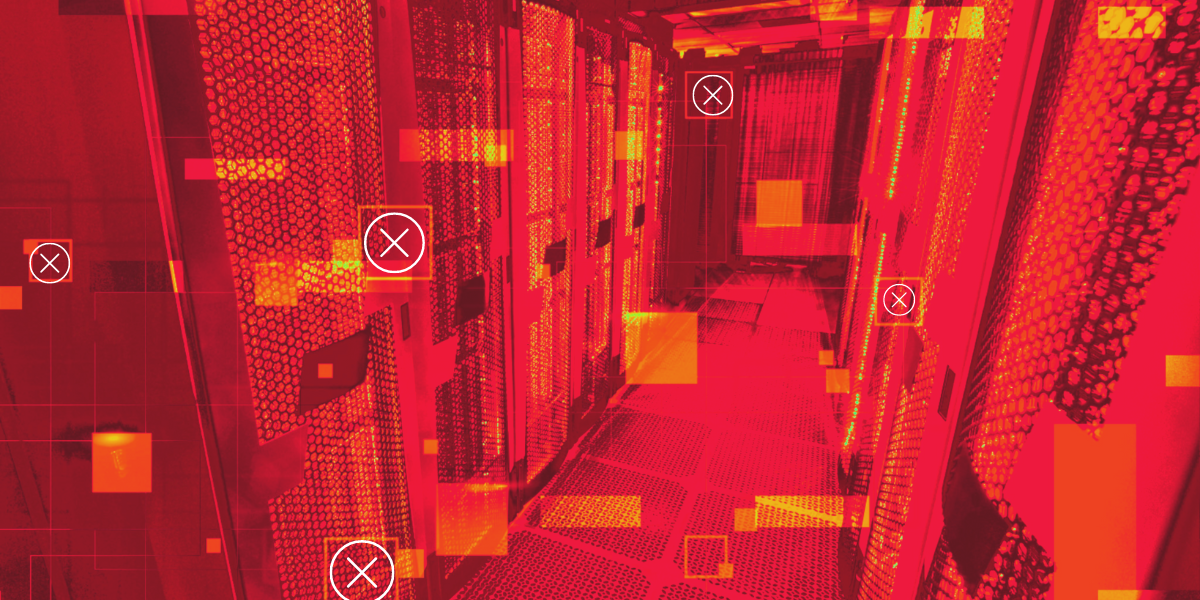Comparing Business Continuity vs Disaster Recovery: What's the Difference?

Despite the distinct differences of protection they provide, though, many business owners confuse the pair as a singular package deal. To better understand how your business’ recovery process, let’s review the differences between business continuity vs. disaster recovery plans.
What is Business Continuity?
Business continuity plans strategically cover the actions and responsibilities needed to ensure your business assets are secure following a sudden disaster. The primary goal of any business continuity plan is to keep critical company operations running in order to maintain normal workflow, thereby minimizing delays and recovery time. Some essential factors to set up in a business continuity plan include:
- Secure an Emergency Backup/Remote work environment for employees.
- Maintain communication systems
- Establish network, IT, and application alternative access throughout the company
- Keep a list of crucial documents, programs, and essential personnel contact information close
If a business continuity plan is well organized and followed accordingly, most organizations can return to standard operations with little damage incurred from the disruptive event.
Although these plans cover a wide array of potential disasters—such as building damage, hazardous weather, public health concerns, or cyberattacks—businesses must justify all legal regulations and continuity procedures to enable emergency operations. Therefore, companies looking to establish a business continuity plan must first undergo a risk assessment to analyze their most important programs, services, and personnel needed to run even under difficult circumstances. Considering the recent struggles businesses have undergone since the pandemic, it’s crucial that business owners create stable business continuity plans to withstand sudden disastrous events.
Disaster Recovery Explained
Unlike business continuity plans, disaster recovery specifically covers the restoration of all essential business IT network data and applications after a disaster. Most disaster recovery processes identify the disruption’s source and resolve the issue without impacting project deadlines. Failure to restore essential IT operations or resolve the disruption in time may extend downtimes, delay major projects, damage data, and even cost your company clients.
Since this plan covers disruptions within the company’s entire network, disaster recovery protocols often cover power outages, natural disasters, or human errors that could damage your data. As such, disaster recovery plans also detail step-by-step instructions for IT personnel to restore important applications according to any number of disastrous scenarios.

Unlike Business Continuity, Disaster Recovery plans ensure your business' internal IT network and apps are restored.
The Distinction between Business Continuity vs. Disaster Recovery
What makes business continuity vs. disaster recovery plans so different is simple: timing. But this difference makes these plans perfectly complement each other. Where business continuity works to return normal company operations during and throughout a disaster, disaster recovery repairs IT services to mitigate further damages or delays. Thus, business continuity supports an organization’s long-term productivity and disaster recovery ensures all internal systems return once the disaster has passed.
Due to recent concerns towards cyberattacks and environmental hazards, it's become crucial that businesses implement BCDR plans into their overall corporate infrastructure to ensure office production and productivity following a crisis. When creating business continuity and disaster recovery plans, business owners must implement:
- Routine Assessments: Regular assessments and updates must be made to all business processes to expose threats, cybersecurity risks, or flaws within your business structure. Once complete, BCDR plans should be updated per newfound information.
- Test Backup Plans: All BCDR plans must be reviewed annually to determine recovery protocols and procedures are at optimal efficiency. This evaluation includes network backup storage, accessibility, and emergency location availability.
- Data Recovery Storage Operations: Losing data can set your business productivity back months. Therefore, it’s important to know exactly where your data and assets are stored in the event of a disaster. Assigning an IT recovery team to handle emergency response reduces operation delays and helps to efficiently coordinate the return of important office functions.
Secure Your Disaster Recovery with Copy Systems
Overall, business continuity and disaster recovery plans support the restoration of your company’s operations—minimizing damage while maintaining connections between your employees and clients. When planning your BCDR protocols, rely on Copy Systems’ IT management and Disaster Recovery solutions to get your organization back on its feet when you need it most! To learn more about our backup solutions, contact Copy Systems, Inc.

.png?width=1200&height=600&name=20221013_CSI_Section179CTA%20(1).png)